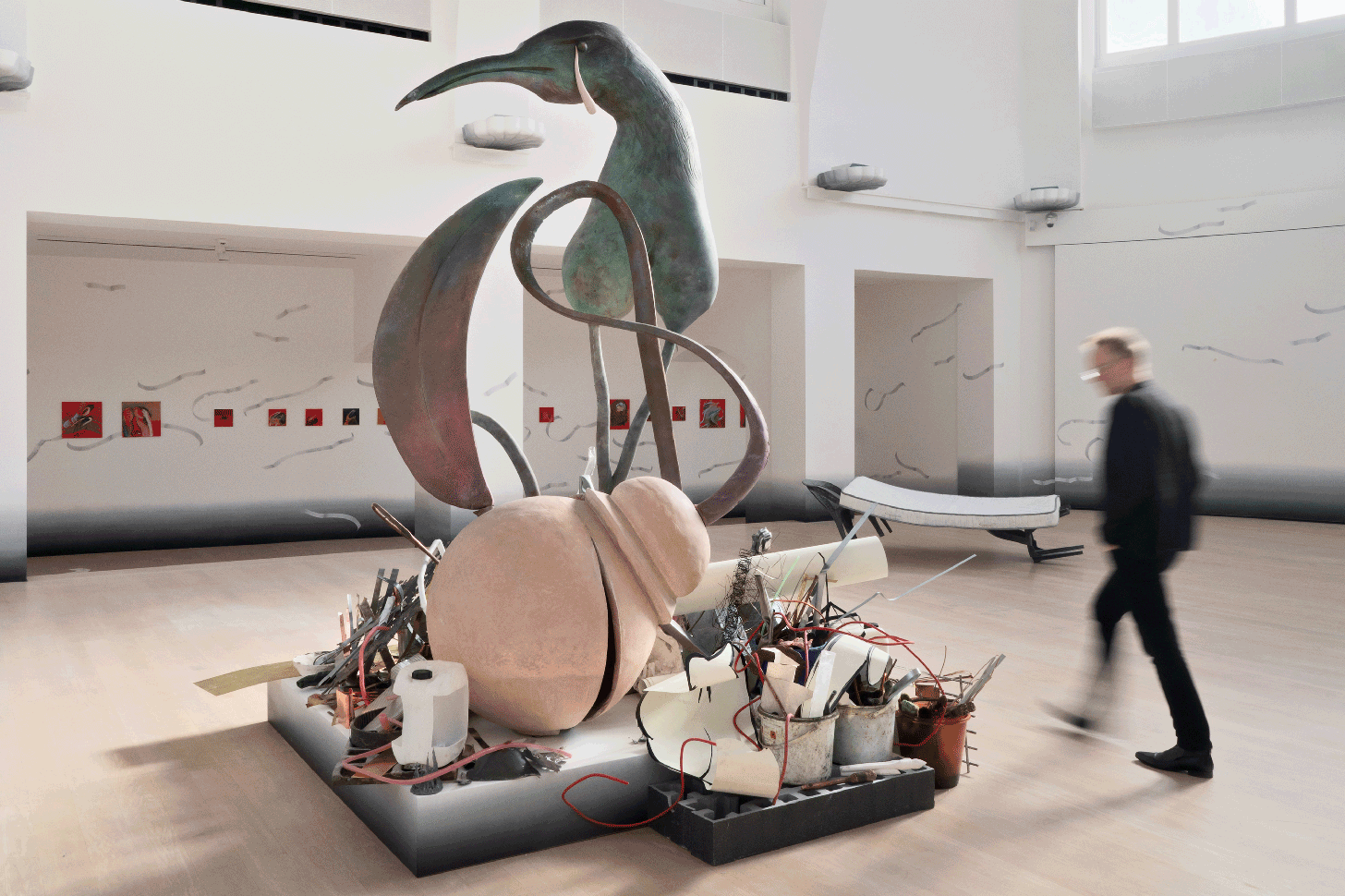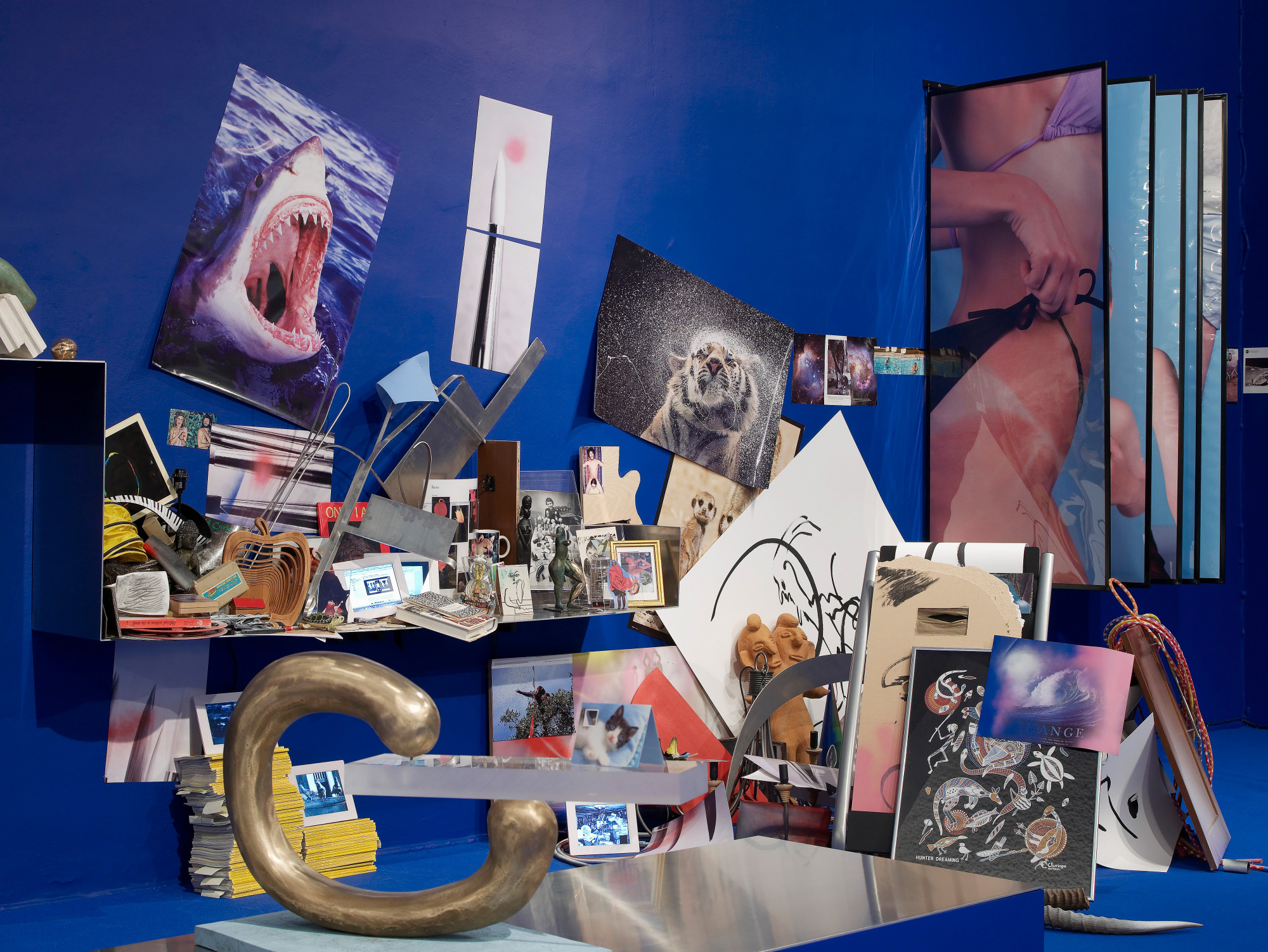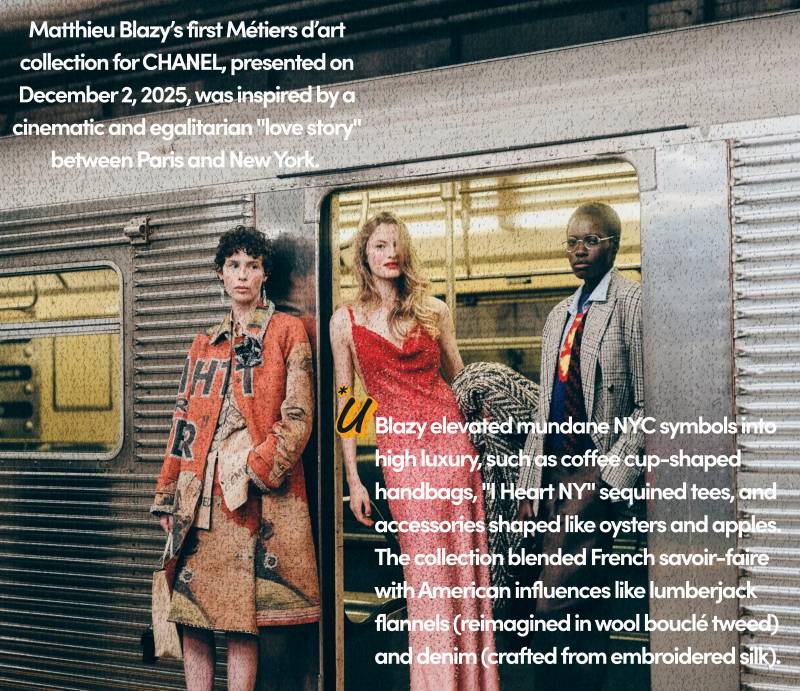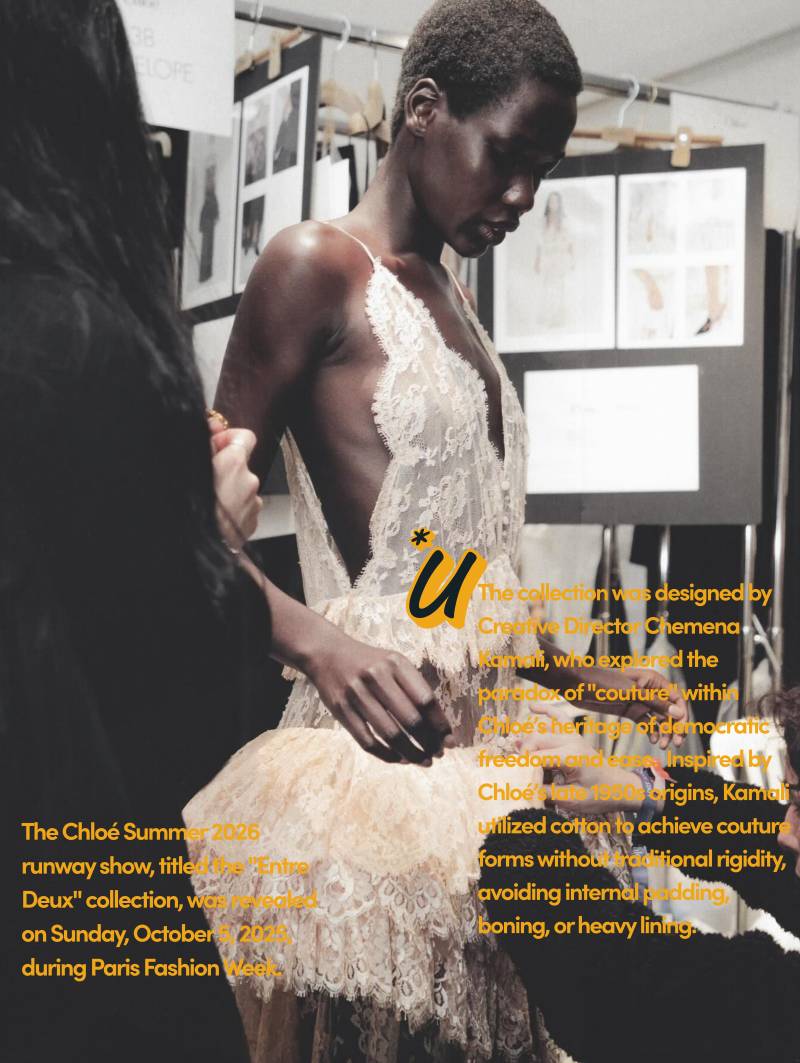There’s a strange joy in seeing rules bent, if not completely broken, especially when it’s done with the elegance and quiet rebellion that Camille Henrot brings to her art. Her latest exhibition, A Number of Things, marks her first major New York showcase with the gallery and unfolds like a visual essay on the contradictions we live with every day. But to write about this show as just another collection of sculptures and paintings would be to miss the entire pulse behind her work. Because what Henrot does — and has always done — is not just sculpt or paint, but ask. And the questions she asks aren't always loud. Sometimes they feel like a murmur you hear only after you've walked away.
Her new bronze series, Abacus, is the anchor — a heavy, shimmering constellation of forms that seem to simultaneously remember and forget their origins. Are these educational toys? Shoes left behind? Graphs distorted by emotion rather than logic? Henrot doesn’t clarify, and she doesn’t need to. The works evoke childhood, not in its innocence, but in its ferocity — that raw, unfiltered way children imagine, count, build, and destroy. These are sculptures that seem to carry fingerprints of their becoming.

Related article - Uphorial Sweatshirt

Hauser & Wirth – Art Gallery
There’s something quietly subversive about using bronze — a material historically reserved for monuments and permanence — to recreate objects of early, often chaotic learning. But that’s what Henrot does best: she repurposes the monumental to say something fragile. And what she says here is less about the objects themselves and more about the systems they reflect — systems of measurement, of etiquette, of assumed knowledge. How we’re taught to see the world. How do we grow into our limitations?
In a gallery transformed by a flooring intervention conceived with Charlap Hyman & Herrero, Henrot doesn’t just hang or place art — she builds a space for experience. You don’t walk into this show, you step into her language. It’s a vocabulary built not from words but from contradictions. Control and chaos. Beauty and discomfort. The need to follow the rules and the urge to laugh at them.
This tension comes alive in her Dos and Don’ts paintings, a series she began in 2021. Based on etiquette books, these works use printing, collage, and painting techniques to deface, decorate, and reimagine the texts we’ve long used to govern behavior. The result isn’t satire — it’s something more layered. These are not instructions, they’re confessions. They admit to the ridiculous and also to the realness of wanting to belong, to behave, to be “good” by someone else’s measure — and then slowly peel those expectations away.
There’s a painting in this series that you might walk past quickly, but then find yourself thinking about later, maybe on the train or in your kitchen. That’s the kind of grip Henrot’s work has — it’s not loud, but it lingers. Her use of trompe l’oeil isn’t a trick but a suggestion: nothing is ever just what it looks like. Not the painting. Not the rule. Not even the self.
What makes this exhibition truly powerful is that it doesn’t demand answers. It doesn't claim to know what’s next, or what’s right, or what’s real. Instead, it offers the viewer a mirror that bends. A counting tool that miscounts. A sculpture that looks like a toy, but weighs like truth.
Henrot doesn’t resolve the friction between imagination and structure. She honors it. She plays in it. She holds it in both hands, like a child picking up a rock that might also be a dinosaur bone or a future planet. That’s the brilliance here. In A Number of Things, we’re not just looking at art. We’re watching someone ask the same questions we’re often too rushed or too polite to pose — about how we learn, why we follow, and what happens when we finally let go.



